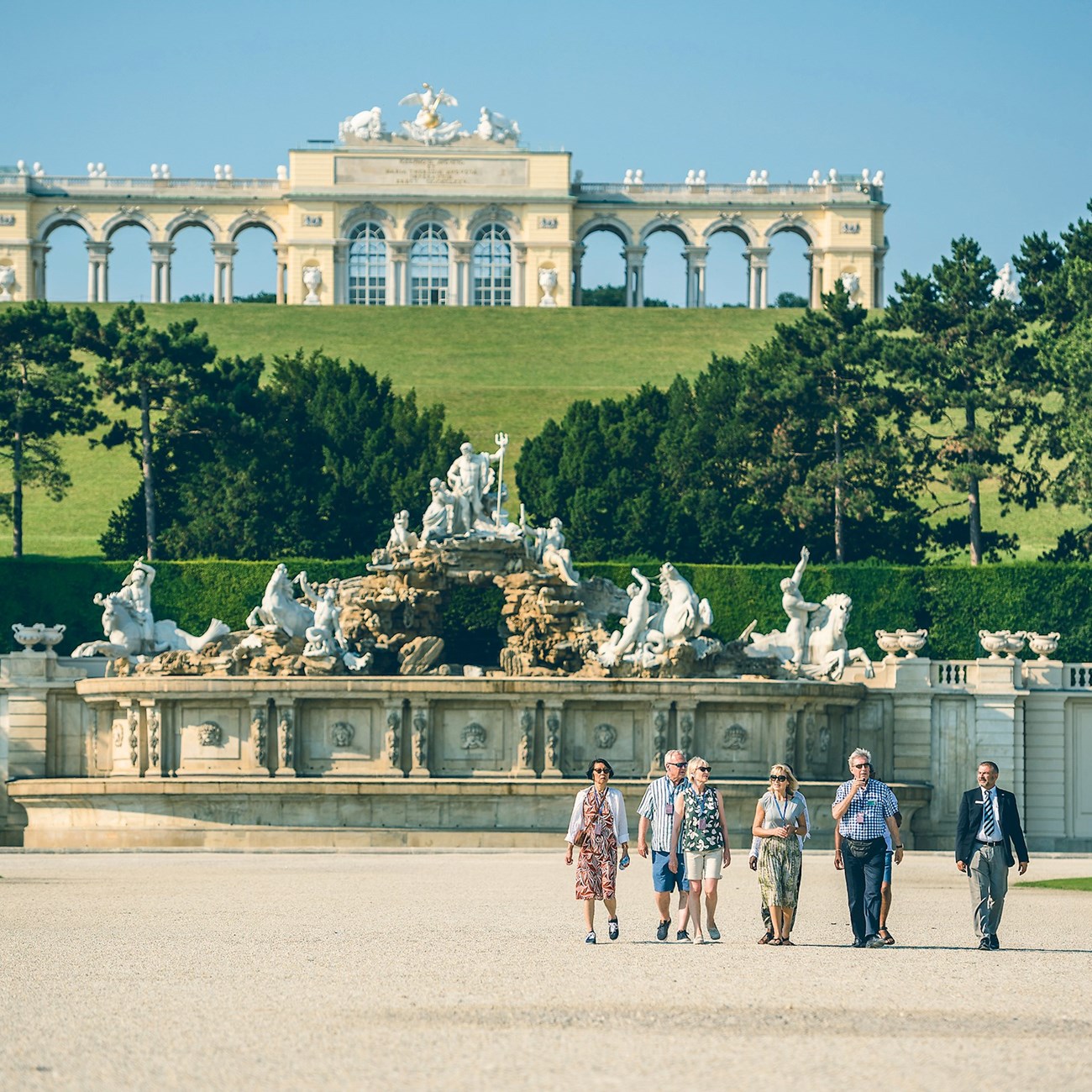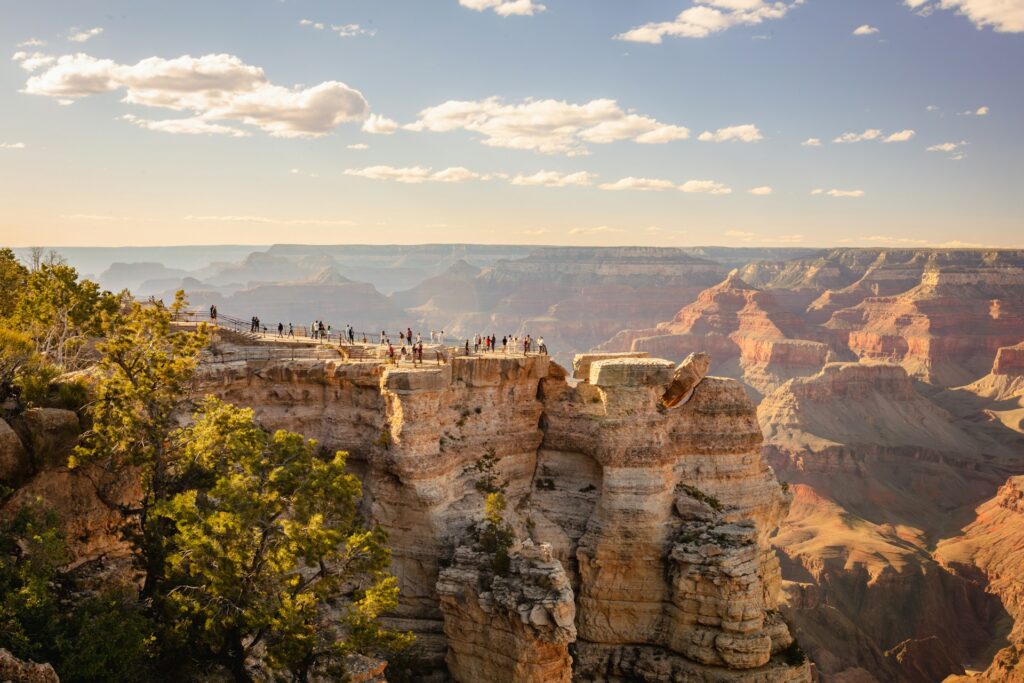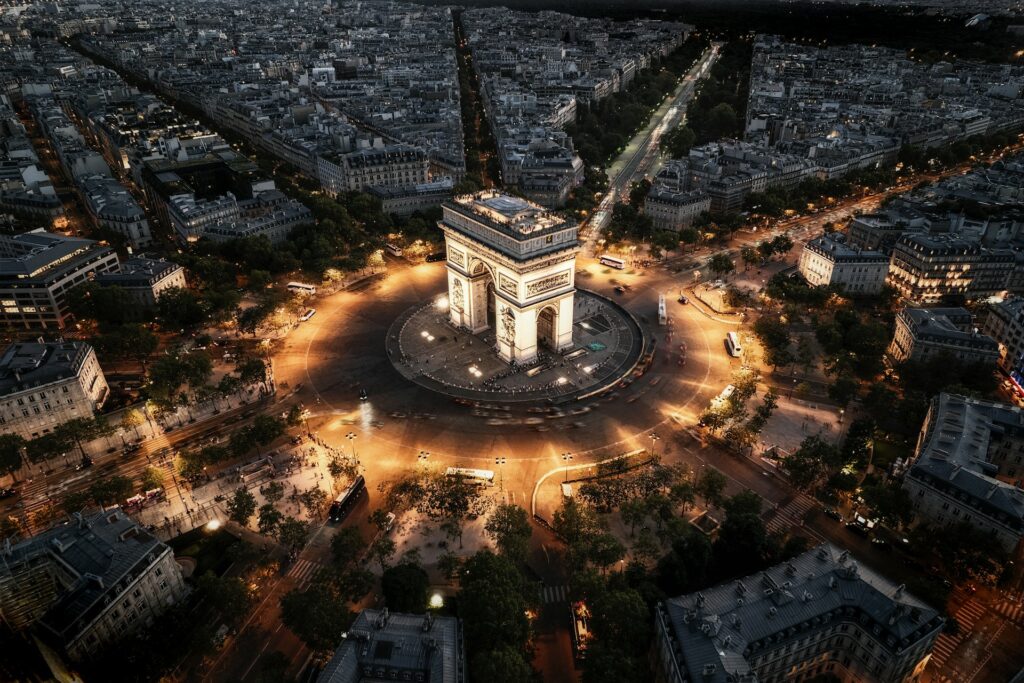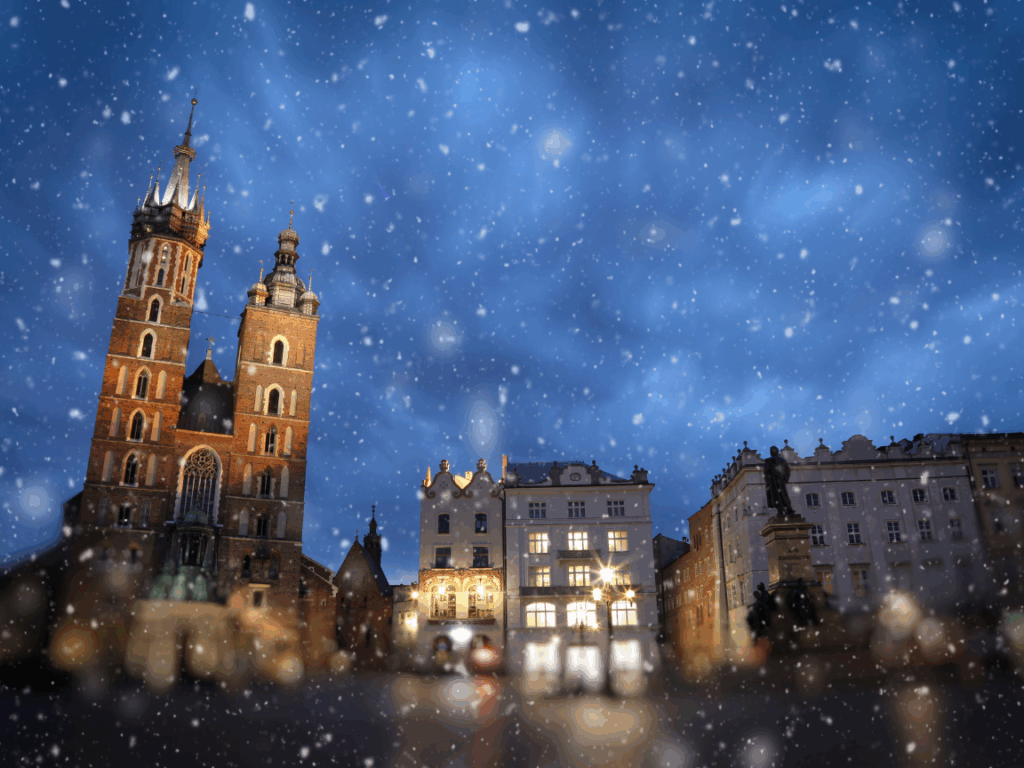Discovering the Magic of Europe's Christmas Markets, by Insight Vacations Guest Maureen
Why Prague, Vienna & Budapest Are At Their Best in Winter
There’s something special about Central Europe in winter—a sense of wonder woven into the cobblestone streets, warm cups of glühwein, and centuries-old traditions. From the lights twinkling across historic squares to the joy of discovering each unique Christmas market, these cities offer a kind of magic that can’t be captured at any other time of year. We spoke with Danielle Hindson, an experienced Travel Director based in Central Europe, to hear her insights on what makes Prague, Vienna, and Budapest so enchanting in the colder months.

Travel Director Danielle loves the magic of Europe’s Christmas markets
What’s the first thing you notice when these cities shift into winter mode?
“The Christmas lights—it’s beautiful. The outdoor and indoor fireplaces and cosy atmosphere.”
Those glowing Christmas lights are more than decoration—they’re a tradition with deep roots. Vienna, for instance, has been lighting up the city since the 19th century, and today, the grand chandeliers strung over Graben Street are a sight to behold. In Prague, the main Christmas tree at Old Town Square is sourced from the Czech countryside, with a different village selected each year to provide the tree—a point of local pride that makes the lighting ceremony a beloved event.
How would you describe the winter atmosphere in Prague, Vienna, or Budapest in just a few words?
“It’s beautiful, the days are shorter but it doesn’t matter as the lights illuminate the cities, the hot wine is sold on the streets, and the preparation for Christmas markets begin.”
That hot wine—known as glühwein or forralt bor—varies a lot depending on where you go. In Budapest, forralt bor is often infused with Hungarian spices like cloves and cinnamon, and some stalls even add a splash of pálinka, the local fruit brandy. Meanwhile, in Vienna, glühwein recipes sometimes include star anise or even a hint of orange peel, creating subtle regional differences that locals swear by.
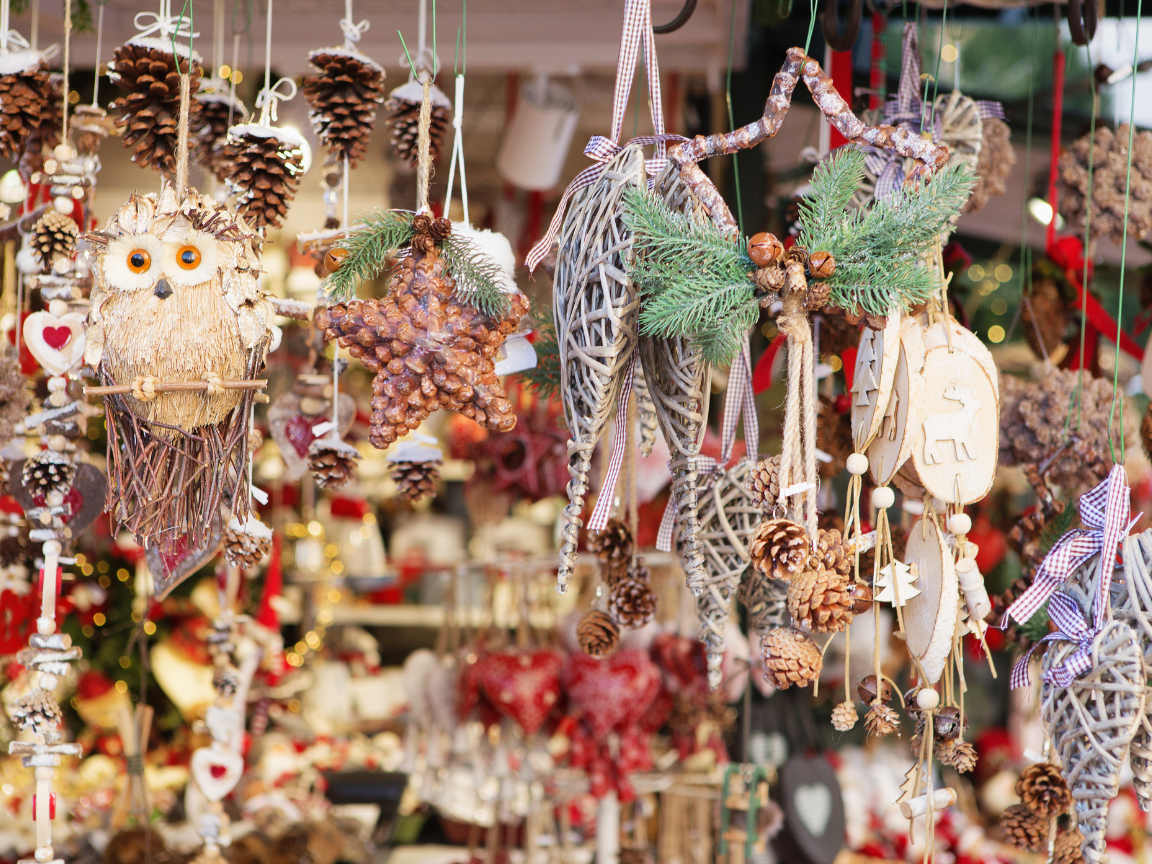
There are over 20 festive markets in Vienna alone
Can you tell us about any local traditions or celebrations that guests really respond to?
“It’s normally new to guests that Europeans celebrate on Christmas Eve. These places are quite religious also. In Poland and many other countries, we don’t eat any meat on the 24th. Guests like hearing the different foods these places have on offer during the celebrations and also at the markets.”
The Christmas Eve feast, known as Heiliger Abend in Austria, Szent-este in Hungary, and Štědrý den in the Czech Republic, has roots in Christian tradition and folk customs. In the Czech Republic, many families serve carp for dinner, a tradition dating back to the 19th century, while in Austria, you’ll find Weihnachtskarpfen on the table. These dishes symbolise prosperity and good luck.
Is there a particular moment or place there in winter that still stops you in your tracks, no matter how many times you’ve been?
“Anytime it snows, I love it. There is something so magical about it. I’ve been in Vienna at the Christmas markets when fresh snow falls, making a beautiful atmosphere and a reason to get another hot wine.”
Snowfall adds a unique charm to Vienna’s Christmas markets, enhancing their historic ambiance. The tradition of Christmas markets in Vienna dates back to 1296, when Duke Albrecht I granted the city’s citizens the privilege of holding a December market, known as the “Krippenmarkt.” These markets have evolved over the centuries, becoming integral to Vienna’s cultural heritage. Experiencing them under a gentle snowfall offers a glimpse into centuries-old traditions enveloped in a picturesque winter setting.
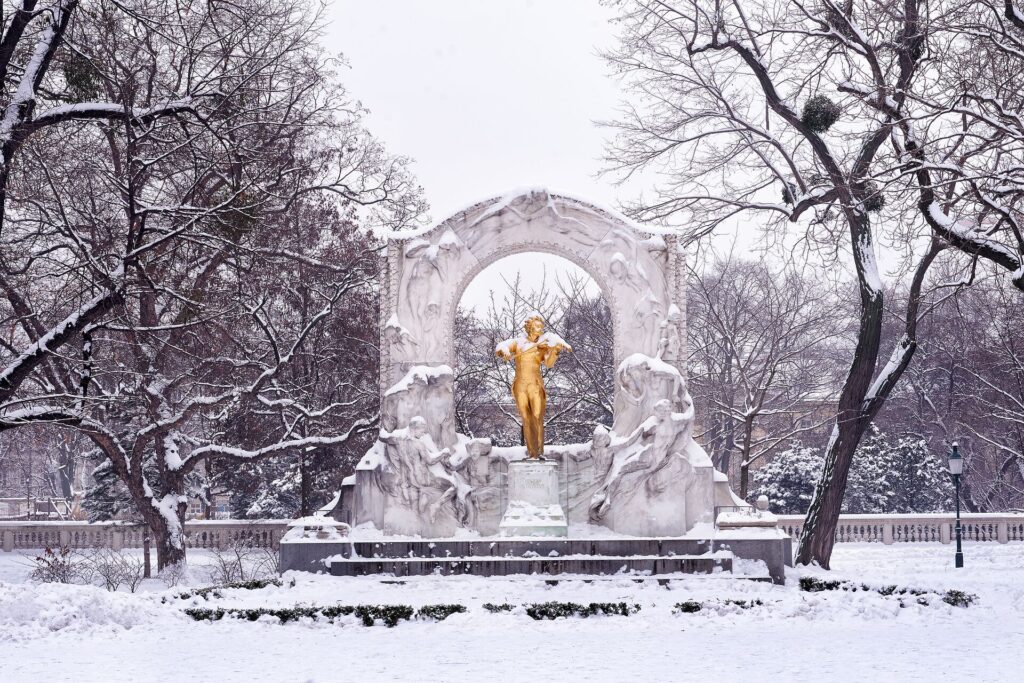
Save up to $3,000* per couple on your first Premium Tour
Plus receive latest offers, travel inspiration, and discover how your travels will make a positive impact. Together, WE MAKE TRAVEL MATTER®. Subscribe NowHow do the Christmas markets differ between the three cities? Do you have a personal favourite?
“The food for sure, their local dishes are very different. The markets sometimes will sell similar products like snow globes and wooden decorations, but each city has a different design. Some markets will have their own cup design for each market. If you collect them, it’s fun to see what you can find. Vienna’s markets are my favourite as they are all a little different.”
Those unique cup designs aren’t just cute—they’re a collector’s dream. In fact, many travelers bring home these “Pfandbecher” (deposit cup) as a souvenir. In Budapest, you might sip mulled wine from a cup featuring the Parliament building, while in Prague, the iconic astronomical clock might adorn your mug. It’s a small, tactile way to remember the experience—and the flavors you savored along the way.

Vienna is Danielle’s favorite winter city for the variety of its markets
What makes the winter season so special in this part of Europe culturally?
“Winter is the time to spend with family. It’s cold outside, so it’s a great excuse to spend time with loved ones by the fire and recovering from the summer season. The cold weather is a good excuse to eat warm dishes and desserts to fatten up for the winter. The days are shorter but the evenings come alive with the Christmas light spirit.”
This rhythm—resting in winter after the energy of summer—is deeply ingrained. In the 19th century, Vienna’s Kaffeehäuser (coffeehouse) became known as places for winter retreat, where writers, artists, and philosophers lingered over coffee for hours, escaping the cold and enjoying the change of pace.
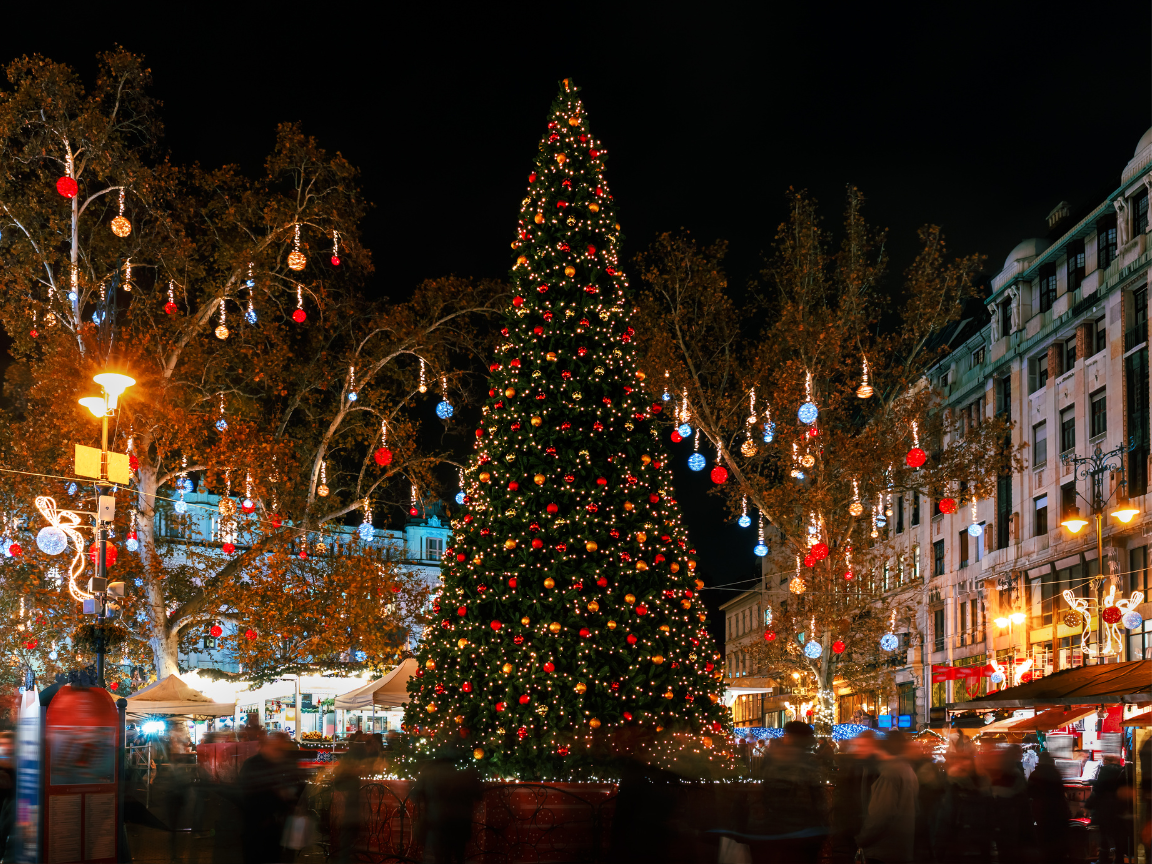
Are there any dishes or drinks that truly come into their own during winter in Central Europe?
“Yes, glühwein is so yum and different in each place—some will light it on fire and add rum or vodka to it. The raclette is still my favourite food. In Vienna, I also search for kaiserschmarrn. The food is best served warm while it’s cold outside so you warm up from the inside.”
Kaiserschmarrn, the fluffy shredded pancake dusted with powdered sugar, has an imperial history. It gets its name, ‘Emperor’s Mess’, from the Kaiser (Emperor) Franz Joseph I, who was a fan of the dessert. Meanwhile, raclette, while Swiss in origin, has become a winter favorite at markets in Vienna and beyond, served bubbling over potatoes or crusty bread. And yes—Feuerzangenbowle, the flaming glühwein with a rum-soaked sugarloaf set alight, is as much a spectacle as it is a drink.
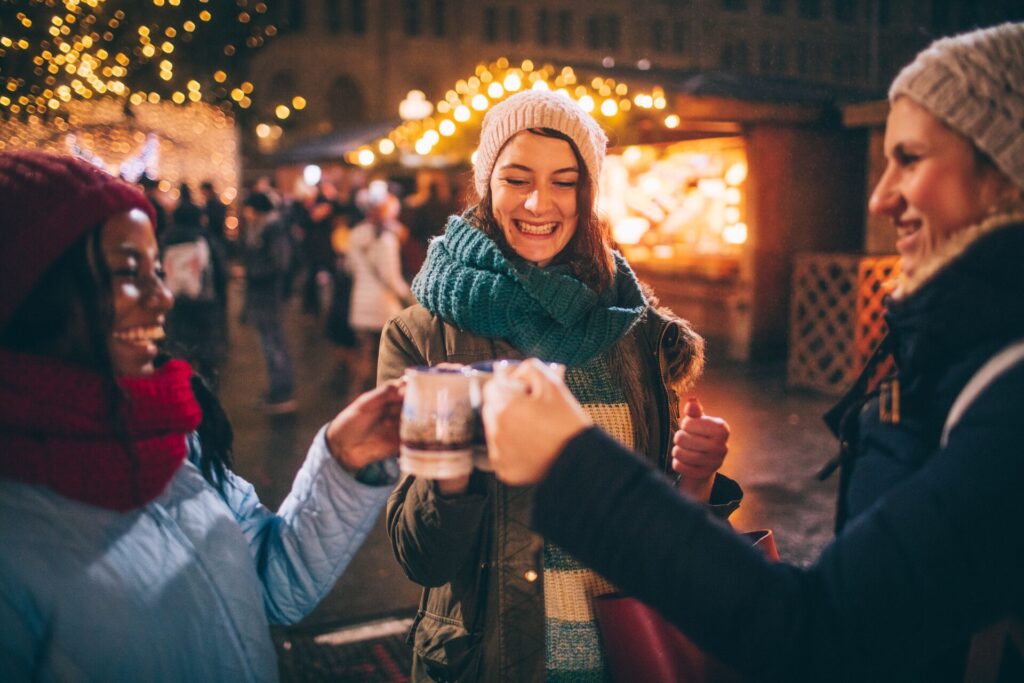
Do you find locals engage with guests differently in the off-season?
“Not really, they are happy to have so many tourists—also, they love the lights and markets just as they do.”
The Christmas season is for everyone—locals and travelers alike. During winter in Vienna, it’s common to see families visiting the same market year after year, creating traditions that span generations. And in Budapest, some stalls are run by artisans whose families have been part of the market scene for decades, ready to share their crafts—and a story or two—with anyone who stops to chat
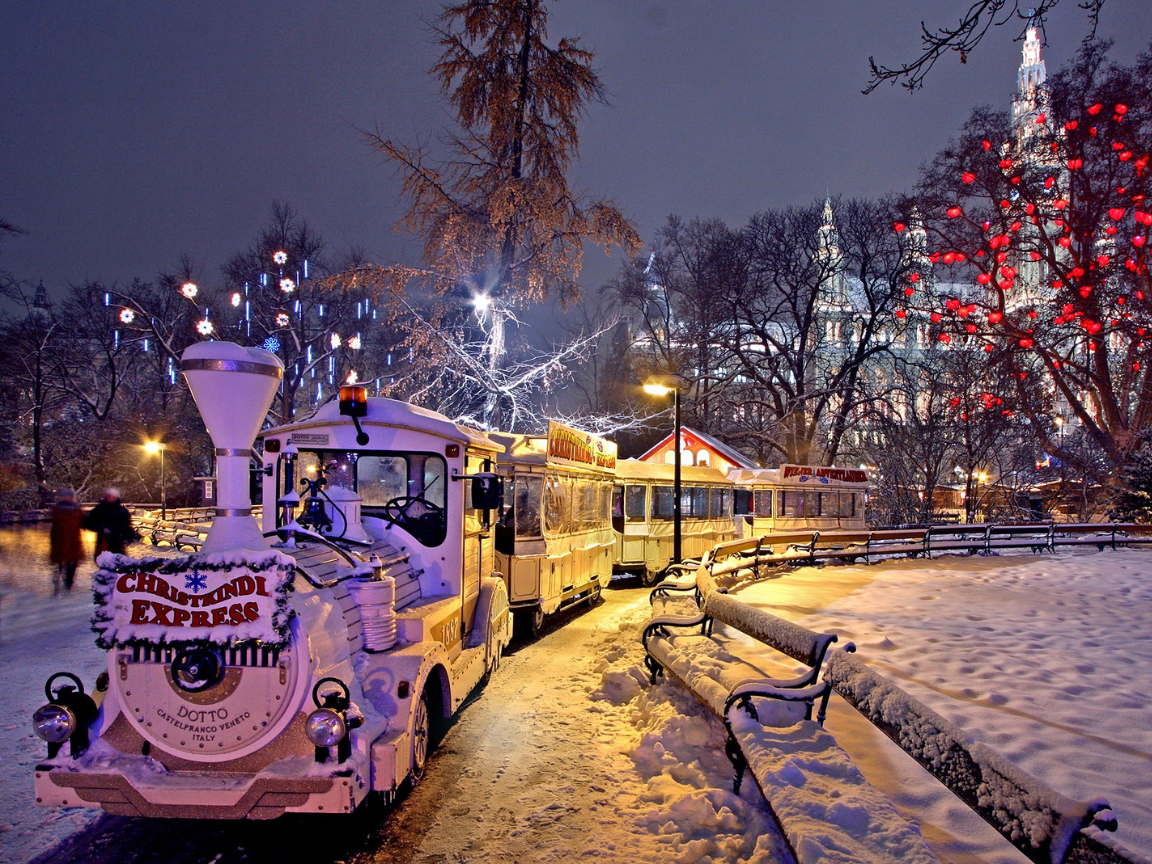
Is there a particular place—maybe a café, market or square—where guests really connect with the local pace of life in winter?
“Any of the bigger markets—you will find tourists but also locals, many of whom will take their kids ice skating or meet with friends for drinks and food while being in the spirit. I think the markets are less about selling trinkets anymore; they are about moments with people and maybe treats for your own get-togethers around this time of year. But still, there are many things to get to fill stockings.”
Ice skating under the lights is a cherished pastime across these cities. Vienna’s Rathausplatz transforms into a giant rink each winter, and in Budapest, you can glide across the City Park Ice Rink, one of the oldest in Europe, first opened in 1870. Meanwhile, in Prague, the tradition of skating at Ovocný trh (Fruit Market) in the heart of the Old Town has become a beloved part of the season, offering a magical experience beneath the glow of the city’s historic architecture.
Do you have a favourite winter memory from one of these cities while on tour?
“I took my group to a market in Vienna before we were to attend a Mozart and Strauss concert. It was pouring with rain, and the group was cold and maybe regretting the choice to come, but as we arrived, the rain had turned to snow. There was an outdoor area with fire heaters, and a group of locals had begun to sing. It was this wonderful moment that we got to experience—and I and the guests will never forget. Do it while you can because you never know if that moment might be the best you ever have.”
Vienna is no stranger to magical musical moments. The city has long been called the City of Music, with a history steeped in classical compositions and performances. Experiencing a market visit followed by a Mozart and Strauss concert is a true immersion in the cultural heart of Austria—and when the snow falls, it feels like a scene from a film.
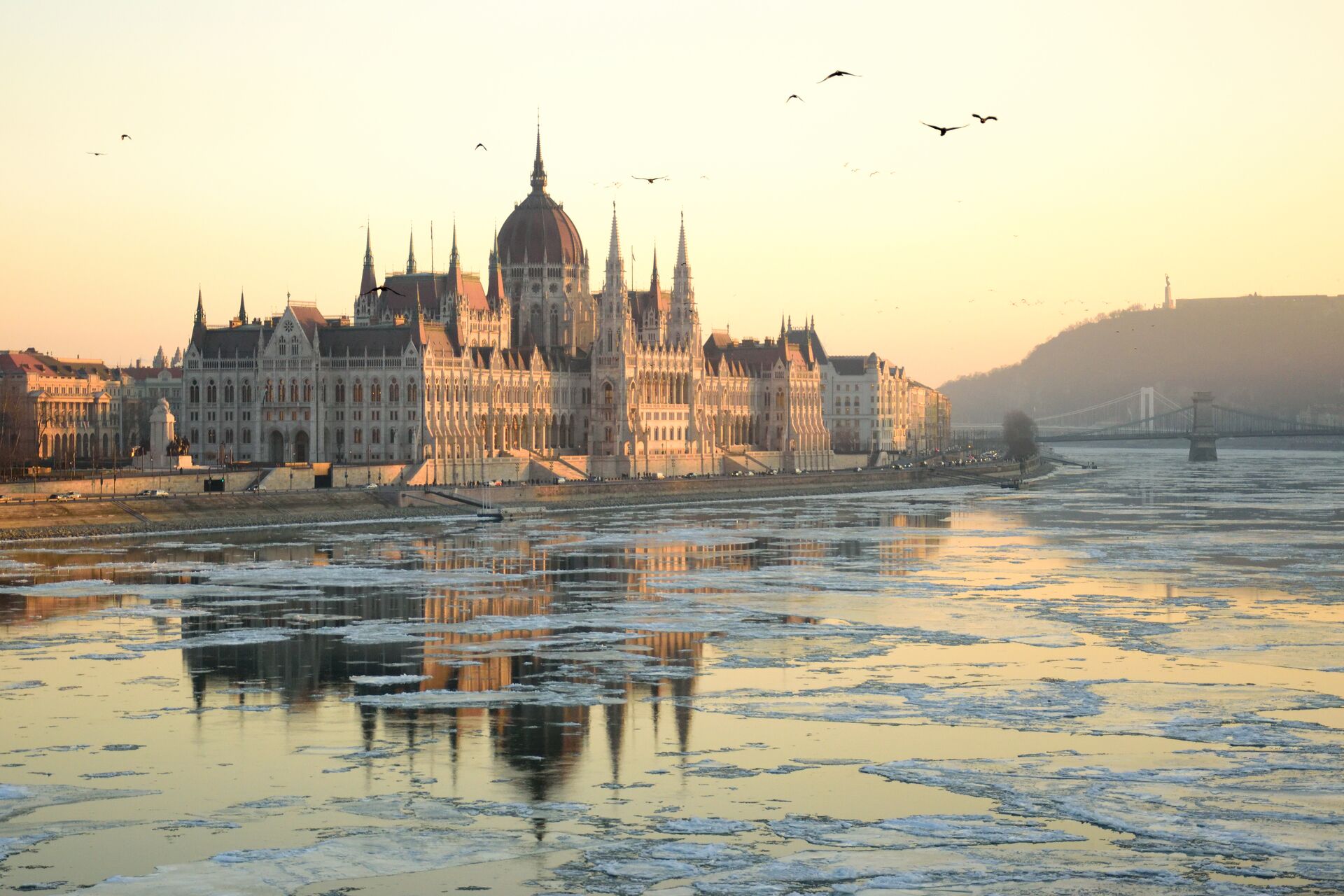
If someone were visiting for the first time in winter, what would you tell them not to miss?
“Go to every market, as each one is unique and has a different focus.”
Each market has its own personality—Vienna’s elegant Rathausplatz market, Budapest’s festive Vörösmarty Square, and Prague’s storybook Old Town Square market, each brimming with history, local crafts, and regional treats. No two are alike, and by visiting them all, you’ll gather not just souvenirs, but a deeper sense of the season’s charm.
Ready to experience it for yourself?
Our all-new winter variant of the Easy Pace Budapest, Vienna & Prague tour is the perfect way to embrace the magic of Central Europe’s winter charm. It’s launching later this month—just in time to sip glühwein, watch the snow fall, and make memories that will last a lifetime.
LIKED THIS POST? SHARE WITH YOUR COMMUNITY
